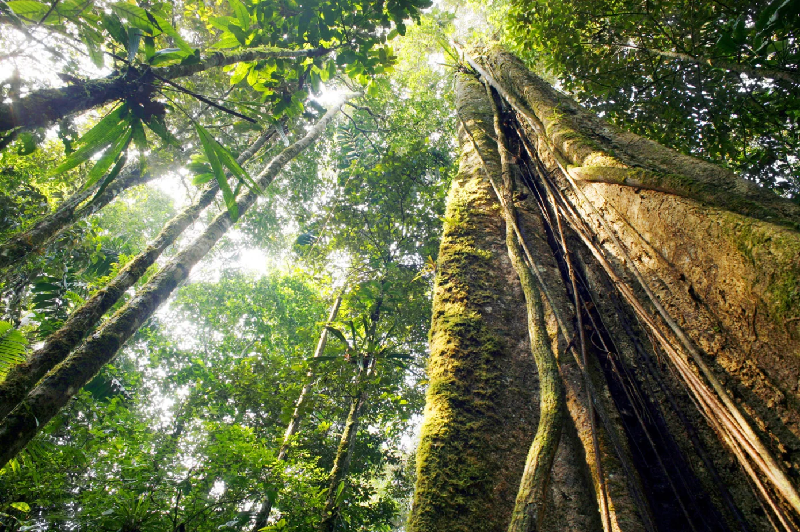In Short : Now, a team of researchers has put forth a method that they say makes those comparisons more accurate. Doing so could restore confidence that carbon markets can benefit the climate while also channeling much-need funds to conservation, particularly of carbon-rich tropical rainforests, they write. The team published their work Oct. 30 in the journal Nature Climate Change.
In Detail : A team of researchers has put forth a method that they say makes it possible to compare credits for carbon from forests projects against more permanent storage solutions. The carbon emissions that these credits are meant to offset can last for hundreds, if not thousands, of years in the atmosphere. Forests, by comparison, are subject to fires, disease and deforestation, meaning that their climate benefits can be more temporary than longer-term solutions, such as direct air carbon capture.
By “discounting” the credits from forest carbon projects based on conservative upfront estimates of how long a forest will safeguard or sequester carbon, the authors say that “like-for-like” comparisons would be possible. The team published their work Oct. 30 in the journal Nature Climate Change.
Offsetting the carbon emissions released when we fly in a jet or when a company ships its products is one, albeit increasingly controversial, way to address the climate-warming consequences of our everyday activities. The credits sold for offsetting often come from projects aimed at protecting or restoring forests that siphon carbon from the atmosphere as they grow and become healthier. In theory, those forests take up a similar amount of emissions, or their protection sidesteps the burst of emissions that would have been released if they had been cut down.
The trouble is, the carbon in the air might outlast the forests meant to offset those emissions. What’s more, the life spans of forests make it difficult to directly compare their carbon-sequestering potential in price and climate-mitigating potential with other strategies. For example, a nascent technological tool called direct air capture pulls carbon out of the air for storage in rock or underground and may provide longer-term storage.
“It’s pretty clear from almost all global modeling that we’re not going to avoid very dangerous climate change without slowing down and ideally reversing the ongoing loss of tropical moist forests,” Andrew Balmford, the study’s lead author and a professor of conservation science at the University of Cambridge in the U.K., told Mongabay. “The only viable option for financing that at the moment is through carbon markets.”
A 2017 study found that the CO2-absorbing potential of these types of “natural climate solutions” could account for more than one-third of what’s necessary to cap global warming at 2° Celsius (3.6° Fahrenheit) below pre-industrial levels, which scientists say is necessary to avoid the worst effects of climate change. More recently, scientists found that forests aren’t taking up nearly as much carbon as they could with more investment and better management. They also regulate local and regional climates, host untold species of animals, plants and fungi, and sustain the livelihoods of some 1.6 billion people.

